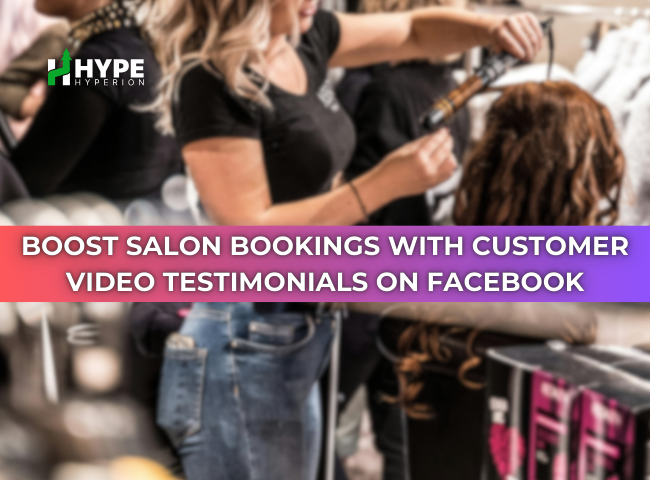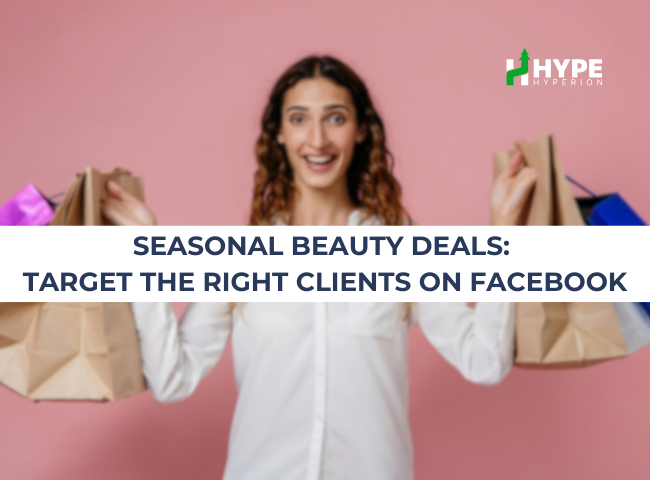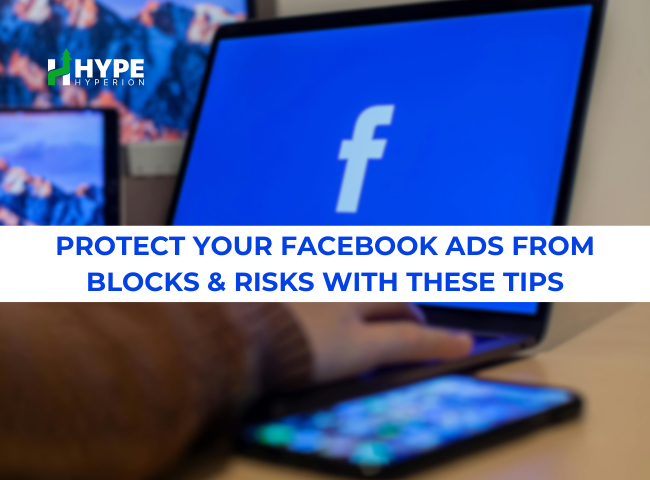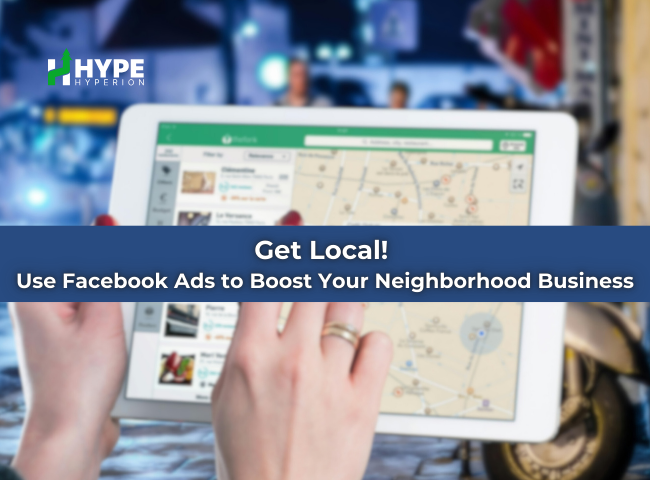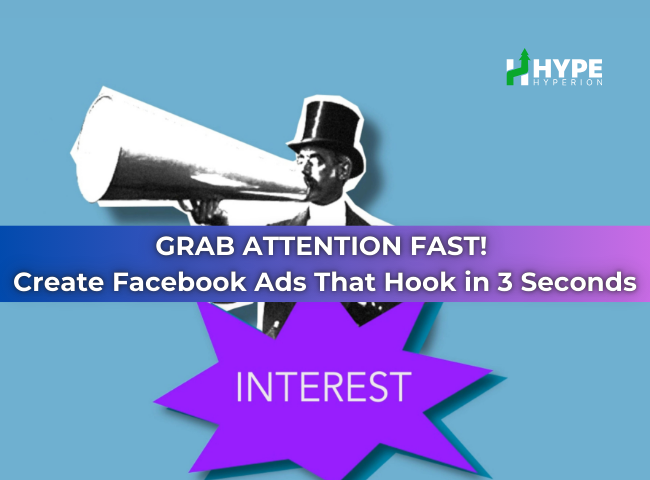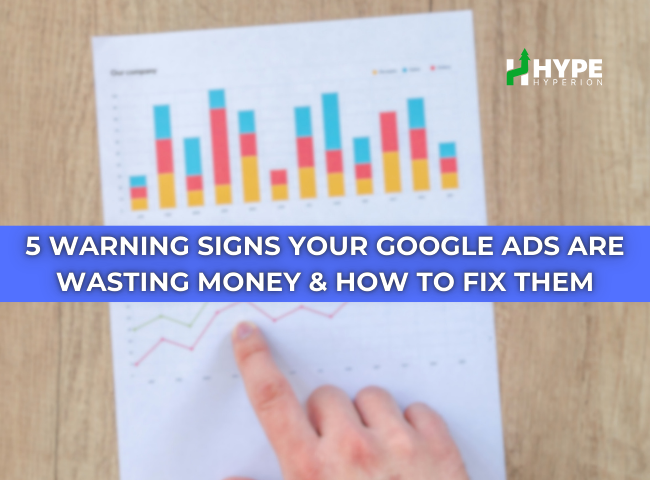Using Customer Video Reviews to Promote Beauty Salon Services
In the competitive world of beauty salons, gaining the trust of potential clients is paramount. One of the most effective ways to build this trust is through customer video reviews. Video testimonials serve as a powerful marketing tool that can significantly boost your salon bookings by showcasing authentic experiences from satisfied clients. In this article, we’ll explore how to leverage customer video reviews to promote beauty salon services, enhancing your advertising strategy and converting viewers into loyal clients.
The Power of Video Testimonials in Salon Marketing
Video testimonials are more than just a trend; they are a vital component of modern marketing strategies. Here’s why they are so effective:
- Authenticity: Customers are more likely to trust real reviews from actual clients than scripted advertisements. A genuine video review provides authenticity, showcasing the true experiences of your salon’s services.
- Emotional Connection: Videos evoke emotions more effectively than text or images alone. Seeing a client’s enthusiasm and satisfaction can create an emotional connection with potential clients, encouraging them to book an appointment.
- Engagement: Video content is more engaging than static images or text, leading to higher viewer retention rates. People are more likely to watch a short testimonial video than read a lengthy review, making it an ideal format for social media platforms like Facebook.
- Shareability: Video testimonials are easily shareable on social media, increasing their reach and visibility. Clients who share their experiences can help spread the word about your salon, attracting new customers.
By incorporating customer video reviews into your marketing strategy, you can leverage these advantages to effectively promote your beauty salon services.
How to Create Compelling Customer Video Reviews
Creating impactful customer video reviews involves several key steps. Here’s how to produce high-quality testimonials that resonate with your audience:
- Choose the Right Clients: Select clients who have had positive experiences with your salon. Look for clients who are enthusiastic and articulate, as their genuine excitement will translate well on video.
- Prepare Questions: Before filming, prepare a set of questions that guide the client’s responses. Questions might include:
- What services did you receive at our salon?
- How did you feel during and after your appointment?
- Would you recommend our salon to others? Why?
- Set the Scene: Choose a comfortable and visually appealing location for filming. A well-lit area within your salon can provide an authentic backdrop that showcases your brand.
- Keep it Natural: Encourage clients to speak naturally about their experiences. Authenticity is key, so avoid scripting their responses. The more genuine they sound, the more relatable the testimonial will be.
- Edit for Quality: Once filmed, edit the videos for clarity and flow. Add subtitles if necessary, and keep the final length between 30 seconds to two minutes for optimal engagement.
By following these steps, you can create customer video reviews that effectively showcase your salon services and attract new clients.
Promoting Your Video Testimonials on Facebook
- Create Engaging Ads: Use the video testimonials as part of your Facebook advertising strategy. Highlight key quotes or moments in the video that reflect the client’s satisfaction and encourage viewers to book services.
- Target the Right Audience: Leverage Facebook’s targeting features to reach potential clients who are likely to be interested in your salon services. Consider factors such as location, age, and interests to refine your audience.
- Use Eye-Catching Thumbnails: Choose a compelling thumbnail for your video that captures attention and encourages clicks. A visually appealing image or a snapshot of the client enjoying their service can draw viewers in.
- Include a Call to Action: Encourage viewers to take action after watching the video. Include a clear call to action in your ad, such as “Book Now” or “Schedule Your Appointment Today,” to prompt immediate bookings.
- Engage with Comments: After posting your video testimonials, engage with viewers who comment on your posts. Responding to questions or thanking viewers for their feedback can create a sense of community and encourage others to book appointments.
By effectively promoting your video testimonials on Facebook, you can significantly increase visibility and attract new clients to your salon.
Measuring the Impact of Video Testimonials on Salon Bookings
To understand the effectiveness of your customer video reviews, it’s essential to measure their impact on salon bookings. Here are some metrics to consider:
- Track Engagement Metrics: Monitor metrics such as views, likes, shares, and comments on your video testimonials. High engagement levels can indicate that your content resonates with viewers.
- Analyze Conversion Rates: Use Facebook’s insights to track how many viewers clicked on your call-to-action and subsequently booked an appointment. This will help you determine the conversion rate of your video testimonials.
- Solicit Feedback: After implementing video testimonials in your marketing strategy, ask clients how they heard about your salon. This feedback can provide valuable insights into the effectiveness of your video content.
- A/B Testing: Experiment with different types of video testimonials, varying elements such as length, style, and content. Analyze which variations yield the best engagement and conversion rates.
By regularly measuring the impact of your video testimonials, you can refine your approach and enhance their effectiveness in boosting salon bookings.
Build Trust and Drive Bookings with Video Reviews
Incorporating customer video reviews into your beauty salon’s marketing strategy can significantly enhance your advertising efforts and drive bookings. By harnessing the power of authenticity, emotional connection, and engagement, these testimonials can build trust with potential clients and convert viewers into loyal customers. Use the strategies outlined in this article to effectively produce, promote, and measure the impact of your customer video reviews on your salon’s success. Embrace the potential of video testimonials to elevate your salon’s marketing and drive growth.
